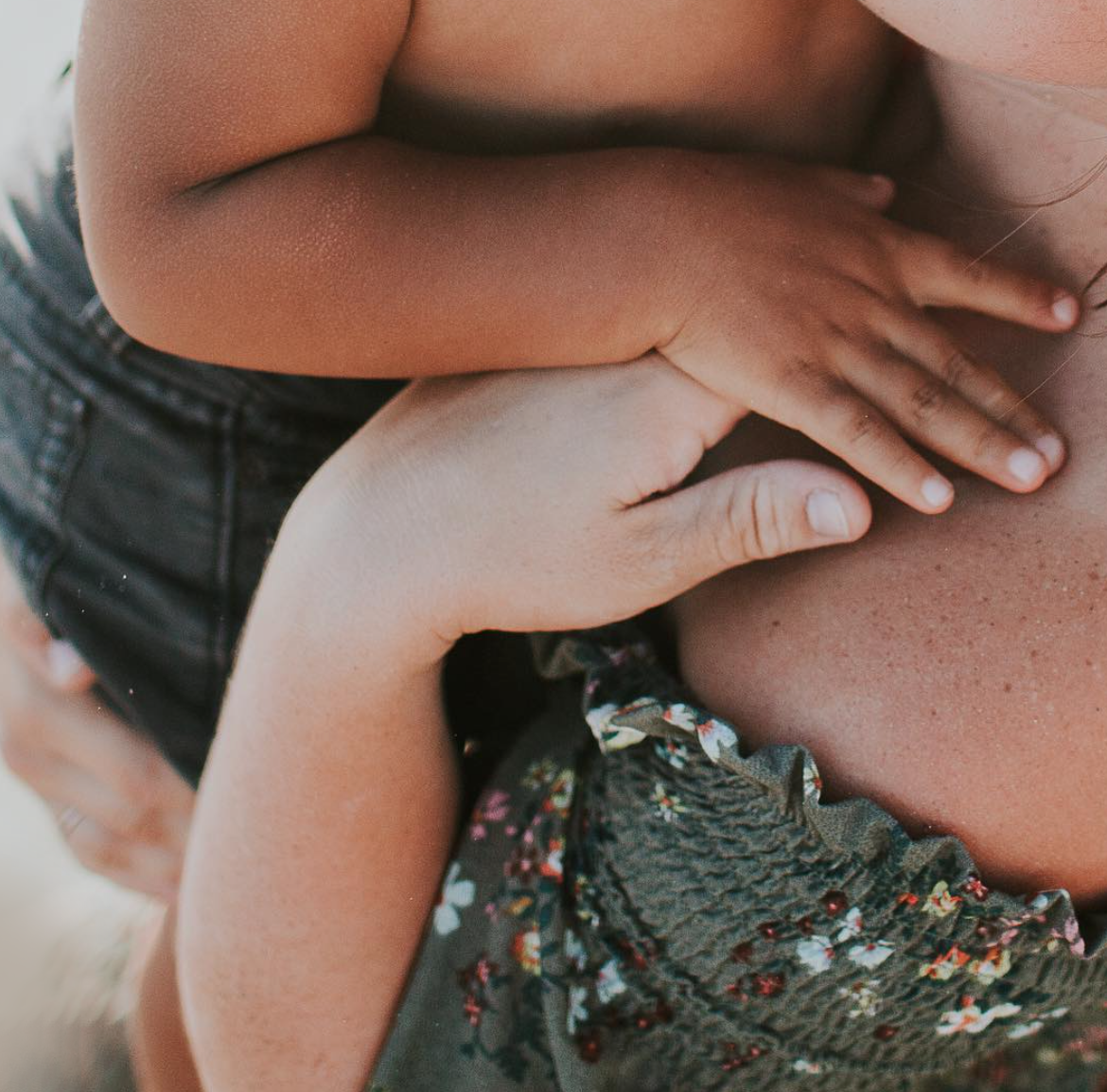Ever since we started our adoption in 2013, I have dealt with assumptions. As soon as we announced we were adopting, and even to this day with my six year old son beside me, people make assumptions about my body and its ability to carry children. People look at my son and make assumptions about his ethnicity. People assume all kinds of things about international adoption that I have to address.
The truth is though, I also walked into this with my own assumptions. I assumed that everyone would understand and be excited for us that we have chosen to grow our family in this way. I assumed that because I had some professional and educational experience in this field, it wouldn’t be as hard emotionally. I assumed the transition home would be easier. I assumed that other foster and adoptive moms would be kind and accepting all of the time, because after all they get it, right?
Every one of those assumptions and some I didn’t even know I had have been shattered. No matter where you are in the adoption constellation, I think we can agree, assumptions are something we all have to deal with. But, that’s just the thing. How exactly do we deal with them? If we are all coming to this table with our own assumptions about each other, while also having to face assumptions when we get up and leave the table to face the rest of the world, where is safety found? Sometimes I wonder how we will get through this, and here’s the truth: It will be with mistakes, for sure. It’s impossible for anyone to get through this journey unscathed. It will also be messy. It’s impossible for a bunch of imperfect people to come together and not experience some tension. So with those expectations in mind, I think there are four ways we can address assumptions, both inside and outside this community.
- Start with your own. The only way to find that safe place to land is to start by becoming a safe person yourself. That’s going to mean you will first have to go inward and explore where these assumptions are coming from, and how they got there. So much goes into this, as assumptions don’t just typically “appear” out of nowhere-they were built. Built by society and institutions, shaped by the communities we grew up in, decorated by our own home environments and personal experiences. We often don’t even realize they are there until an outside force starts banging on the door, pounding on the roof, or we allow a neighbor to come in. In order to address assumptions, we have to start dismantling our own. That’s going to take willingness, listening, self-understanding, and healing our hurt places. This is a work that I don’t think ever ends. Sometimes, there needs to be a full blown demolition. Other times, we need to open up closets and drawers, the hidden places we stuff things into and forget, and clean it out Marie Kondo style. But as we do this work in ourselves, space will clear to make room for the right things. Please note, safe does not equal perfect. It simply means you are in a healthy enough place to both listen to perspectives that are going to challenge yours, and have a respectful dialogue about where you are coming from, even if the consensus ends with “agree to disagree.”
- Be willing to take risks. This is the scariest part, I know. But part of the way assumptions get addressed is by taking risks through putting yourself out there. This doesn’t mean you share what is not yours to share, but there is something to be said about the power of stories and how we connect through them. This more than anything else is what I have seen tear down the most walls within this community-it’s sharing our experiences through risk-taking vulnerability. What happens then is we get windows into each other’s struggles, and we start taking down those assumptions that were built because we see more clearly now. It’s why we send messages to each other like “I thought I was the only one who felt that way” or “You put words to what I had been feeling but wasn’t sure how to say it.” I say risk, of course, because sometimes the connection comes with contention. It’s simply a risk I’ve had to take over and over again in order to find community. You never know how what you share will be received. In adoption and foster care, I know how much you’ve already put your heart on the line. Our brains tell us in order to protect us, “No no, remember what happened last time? You don’t want that to happen again.” Hear me, this doesn’t mean don’t set healthy boundaries or that you have to spill all the tea, it means find a balance. Take risks appropriately, but take care of yourself. And going back to number one, become a safe person by being cognizant of someone else’s emotional labor, and be sure you are not asking them to do work that you could do yourself.
- Address them directly and respectfully. When you are taking the time to become a safe person by addressing your own assumptions, then take the risk in order to find that safe place, when assumptions do arise, speak up. This is something I’ve had to grow in. I can’t tell you how many times I have walked away from a conversation, replayed it in my head, and thought, why didn’t I say something? Or yikes I kind of lost it back there. There are times we are going to be caught completely off guard or triggered to a point we don’t know how to respond. In those moments, I think it’s important to give ourselves grace. But as you grow, so should your responses. Recently, I got a bit of a punch in the gut when a kid made a “joke” to me about the coronavirus, knowing I have an Asian American child. It wasn’t directed at my son and yes I know, he’s a kid, but at that moment, it was important for me to let him know that was inappropriate. So, as the adult I respectfully did so, made sure my child was safe and out of earshot, and then went and spoke to the leader of this group. I pulled her aside, told her what happened, and respectfully let her know that what may seem like “not a big deal” is in fact a big to our family and creates a lack of felt safety for every person of color there. It was a hard conversation, but what followed turned out to not only be assumptions dismantled, but the mom of the kid who made the comment called me later and we had an incredible conversation about race, privilege, and she asked for resources to learn for herself and her family. That could have gone a completely different direction, and I realize that not every assumption that gets addressed will end up that way, but this is how it starts. Simple, direct responses or questions to clarify can lead to deeper education that can help create more safe environments.
- Be part of the solution. I was really unhappy for a long time and couldn’t find a safe place until I actually started doing these things. There was a turning moment where I stopped complaining, and started being part of the solution. I stopped seeing the world as against me, and instead saw the holes that needed to be filled and actively started working to fill them. Guess what happened? I found others trying to do the same and found ways to link arms with them. Holes start to fill a lot faster when you have multiple people shoveling in the dirt at the same time.
Let’s lay a new foundation together. It will likely shift over time and that is ok. When cracks form, we address them long before it threatens the entire structure of what we are building. Let’s commit to addressing assumptions, both the ones that we bring to the table and the ones we face in a way that constructs safety for us all.
Christa is a wife, mom via adoption, coffee consumer, and Mary Poppins wannabe. A born and raised Texan, she is doing all the things she said she never would, like homeschooling, going gluten and dairy-free, using essential oils like they are going out of style, and writing her first book (and now her second!). She and her husband are both former social workers-turned-writers and entrepreneurs. She loves sharing about the joy and pain of adoption and helping to prepare others along the way. She keeps it raw and real, and you can find her rocking the mom-bun, making more coffee, and processing through words on her blog at spoonfulofjordan.com and other real-life shenanigans over on Instagram @spoonfulofjordanblog.










